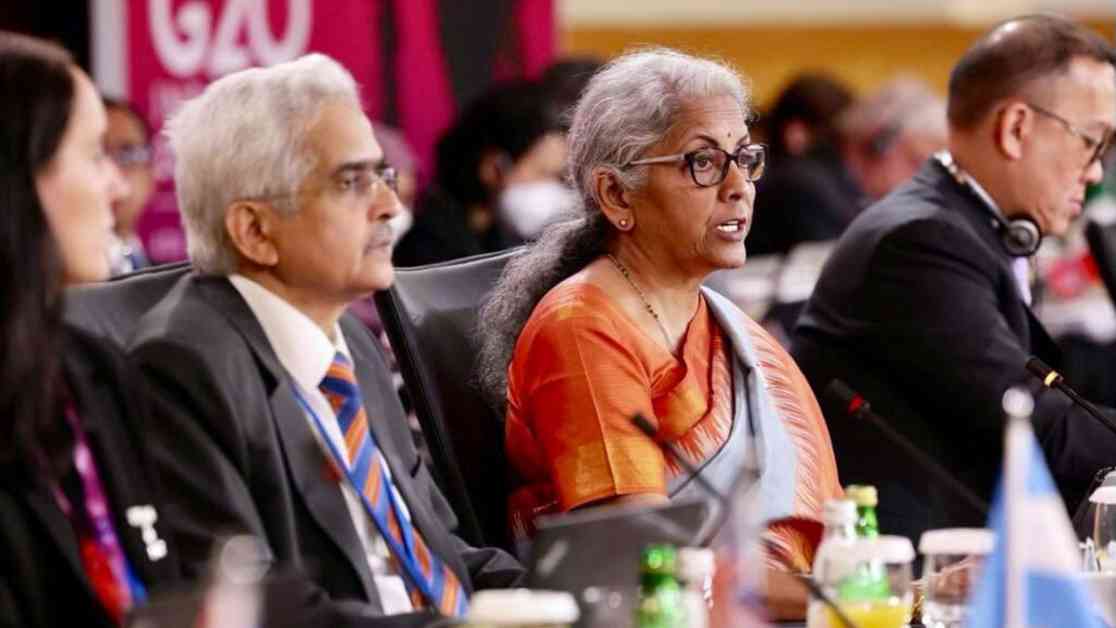India’s Central Bank Governor, Shaktikanta Das, recently discussed the phased rollout of the country’s Central Bank Digital Currency (CBDC) during a conference in Bengaluru. With over 5 million users participating in the retail CBDC pilot and 16 banks involved, Das hinted at the possibility of avoiding a full-scale implementation in the near future.
Phased Rollout of CBDC Pilot
India’s plans for a retail and wholesale CBDC were initially announced as part of the Finance Minister’s budget speech in 2022. By the end of the same year, the Reserve Bank of India (RBI) had launched pilots for both types of CBDCs. The retail CBDC pilot saw significant growth, reaching over 5 million users, with as many as 16 banks participating in the program.
Despite the success of the pilot program, Governor Das emphasized the importance of not rushing into a system-wide implementation of the CBDC. He highlighted the need for a comprehensive understanding of the impact of CBDC on users, monetary policy, the financial system, and the economy before moving forward with a full rollout.
Governor Das’s Comments at the Conference
During the conference in Bengaluru, Governor Das reiterated the RBI’s cautious approach towards implementing a full-scale CBDC. He emphasized the need for a phased introduction of the digital currency, stating, “It is important to emphasize that there should not be in any rush to roll out system-wide CBDC before one acquires a comprehensive understanding of its impact on users, on monetary policy, on the financial system, and on the economy.”
Das acknowledged the progress made in the retail CBDC pilot, with 16 banks actively participating in the program. However, he did not disclose the number of daily transactions taking place within the pilot. This cautious approach reflects the RBI’s commitment to ensuring a smooth and well-informed transition to a digital currency system.
Exploring New Features and Use Cases
Since the beginning of 2023, the RBI has been exploring various features and use cases for the CBDC, including offline payments and programmability. Governor Das highlighted the programmability feature of the CBDC as a key enabler for financial inclusion, ensuring the targeted delivery of funds to users.
Das mentioned two use cases involving farmers that were launched as part of the pilot program. These cases focused on programming the end use for the purchase of agricultural inputs to provide comfort to banks and establish the farmers’ identity. Additionally, farmers received purpose-bound funds for the generation of carbon credits, showcasing the potential of CBDC in supporting sustainable practices.
Governor Das also mentioned that new use cases aimed at testing features such as anonymity and offline availability would be gradually rolled out. These initiatives are designed to explore the full potential of the CBDC and its impact on various sectors of the economy.
Ensuring Privacy and Security
While exploring the capabilities of the CBDC, Governor Das emphasized the importance of ensuring privacy and security for users. The programmability feature of the digital currency must be leveraged responsibly to protect user data and maintain the integrity of the financial system.
Governor Das’s comments underscore the RBI’s commitment to developing a robust and secure digital currency system that meets the needs of all stakeholders. By prioritizing user privacy and security, the central bank aims to build trust in the CBDC and promote its widespread adoption across India.
Conclusion
In conclusion, India’s Central Bank Governor Shaktikanta Das has provided valuable insights into the phased rollout of the country’s CBDC. With over 5 million users participating in the retail CBDC pilot and ongoing exploration of new features and use cases, the RBI is taking a cautious and deliberate approach towards implementing a system-wide digital currency.
Governor Das’s emphasis on comprehensive understanding, privacy, and security highlights the central bank’s commitment to ensuring a smooth transition to a digital currency system. As India continues to navigate the complexities of CBDC implementation, stakeholders can expect further developments and innovations in the coming months.














